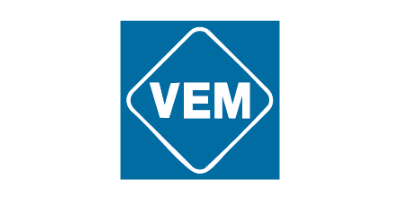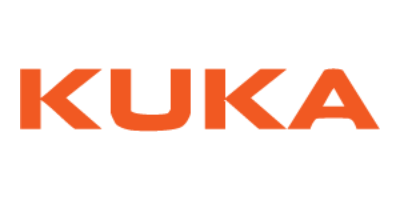Remote Maintenance for Control Systems
With the rapid advancement of digital technologies, Remote Maintenance has emerged as an essential solution for ensuring operational continuity and reducing costs in industrial environments. Traditional maintenance methods are no longer sufficient; factories now rely on advanced systems that enable real-time monitoring, remote diagnostics, and software updates without the need for on-site interventions.
What is Remote Maintenance for Control Systems?
Remote Maintenance refers to using modern communication technologies such as the Internet, cloud platforms, and the Internet of Things (IoT) to monitor and maintain industrial control systems from anywhere.
This includes:
- Real-time monitoring: Continuous tracking of operational data.
- Remote diagnostics: Identifying failures and malfunctions instantly.
- Software updates: Installing updates and fixing bugs remotely.
Benefits of Remote Maintenance
- Reduced Downtime: Faster problem resolution without waiting for technicians.
- Cost Savings: Minimized expenses related to travel and on-site maintenance.
- Improved Productivity: Uninterrupted industrial operations and higher efficiency.
- Enhanced Safety: Quick interventions to prevent critical failures.
Practical Applications
- In the oil and gas industry, remote maintenance is used to monitor pumps and compressors in remote areas.
- In the energy sector, power plants are managed through smart systems that allow immediate response to faults.
- In smart factories, production lines rely on cloud-based monitoring for predictive maintenance and analytics.
Challenges of Remote Maintenance
- Cybersecurity Risks: Protecting systems from potential hacking.
- Connectivity Requirements: Dependence on stable and fast internet networks.
- Initial Investment Costs: Upfront expenses for advanced systems can be significant.
The Future of Remote Maintenance
With AI and IoT advancements, Remote Maintenance will evolve into predictive and autonomous maintenance solutions. Future systems will not only detect failures but also recommend and execute corrective actions automatically, minimizing human intervention.
Conclusion
Remote Maintenance for Control Systems is no longer an optional upgrade—it is a necessity for industries aiming to ensure efficiency, safety, and long-term sustainability. By adopting these technologies, factories can achieve greater competitiveness and resilience in the modern industrial era.










